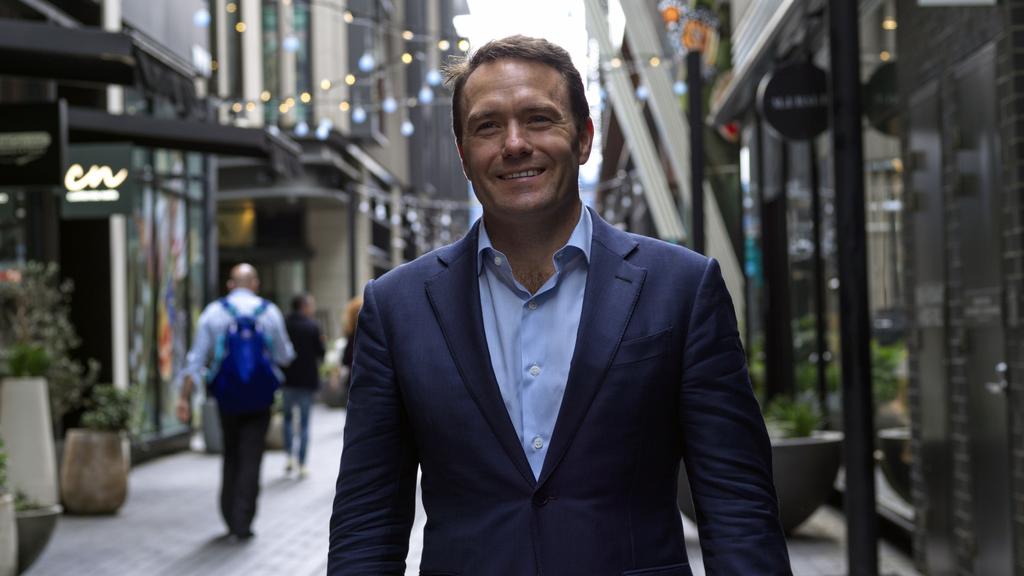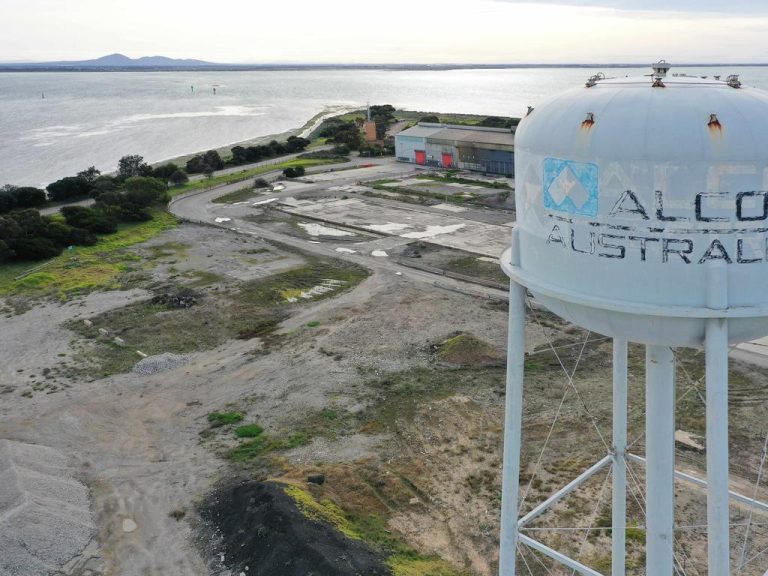Lendlease chases affordable projects as returns stack up

Lendlease managing director, development, Tom Mackellar.
Listed developer Lendlease will put affordable housing at the heart of more of its mixed-use precincts across Australia and says the pipeline of opportunities is growing.
Hot on the heels of winning the $1.7bn job to overhaul the famed Queen Victoria Market in Melbourne, in which affordable housing will play a key role, the company believes more sites could be opened up.
Lendlease has argued that mandating an affordable component in major developments will help address the housing crisis and is urging governments to open up more suitable sites.
Lendlease managing director, development, Tom Mackellar says the Melbourne project is a pointer to future schemes as it has a mix of housing types across student housing, build-to-rent and affordable housing.
The largest public opportunity that Lendlease is chasing is the $4.4bn contest for the renewal of the Waterloo Estate in Sydney being handled by the NSW Land and Housing Corporation.
Its consortium is up against rival groups led by Mirvac, Stockland and Frasers for the project that will deliver about 3000 new homes, made up of a mix of social, affordable and private housing.
Mr Mackellar said there was an abundance of opportunities in mixed tenure housing-led schemes where developers were providing not just traditional residential products but were also branching into build-to-rent, affordable and other kinds of housing.
“There are many more we are starting to see, particularly in NSW,” he said, noting the Minns government had made the area a priority and was starting to pull together opportunities.
Mr Mackellar said governments should be mandating a mix of different housing types. “There are quite a lot of opportunities for the government to collaborate appropriately,” he said.
He cited the success of British schemes that include social and affordable housing. “That’s a model where essentially if you want to play on the big opportunities in London, you need to be able to provide a significant proportion of housing that is affordable or social housing,” he said.
The US approach of developer bonuses could also be used to provide homes.
Mr Mackellar said Australia was “quite behind the Eight ball” on providing enough social and affordable housing, with governments not only needing to bring more sites to market but also work on accelerating them through planning.
“I think the government has a number of levers within their toolkit to be able to accelerate that delivery,” he said. And the developer wants to lift standards.
“What makes them work really well is the concept of blind tenure,” he said. “You have a standard of product that is consistent so we’re creating high-quality affordable housing.”
And more players could get involved, with community housing providers and second-tier developers already having the skills to take on more projects. “There’s enough knowledge in the market to make this happen,” Mr Mackellar said.







